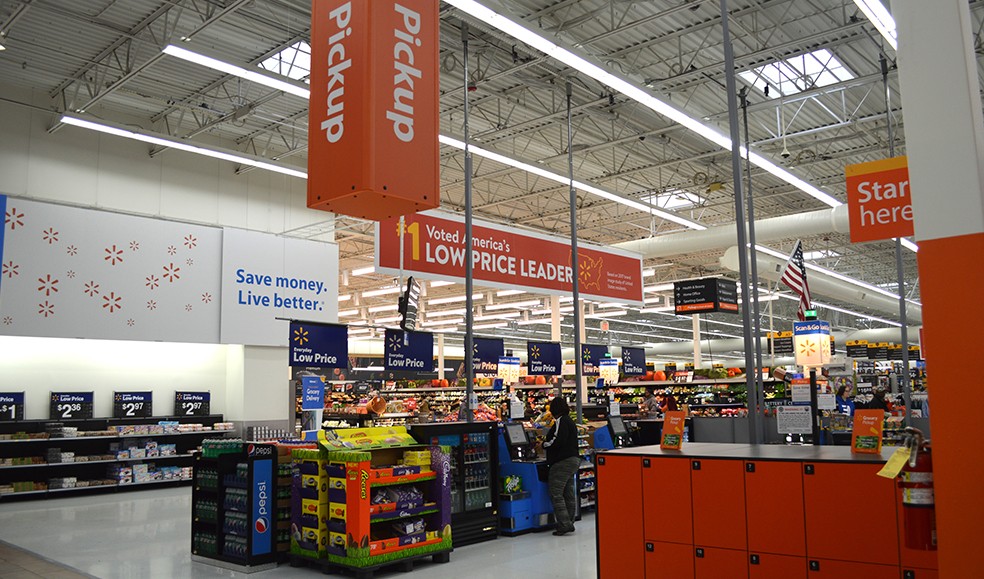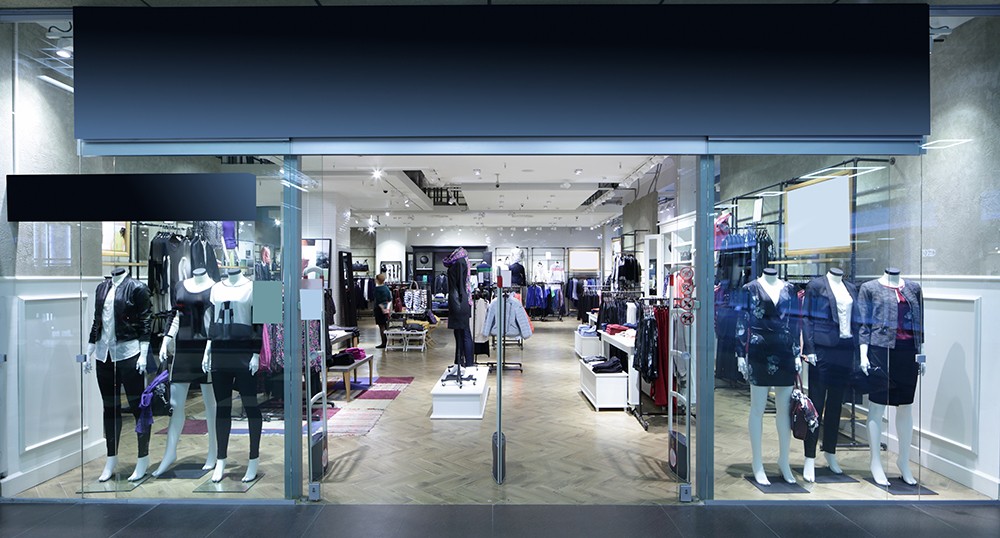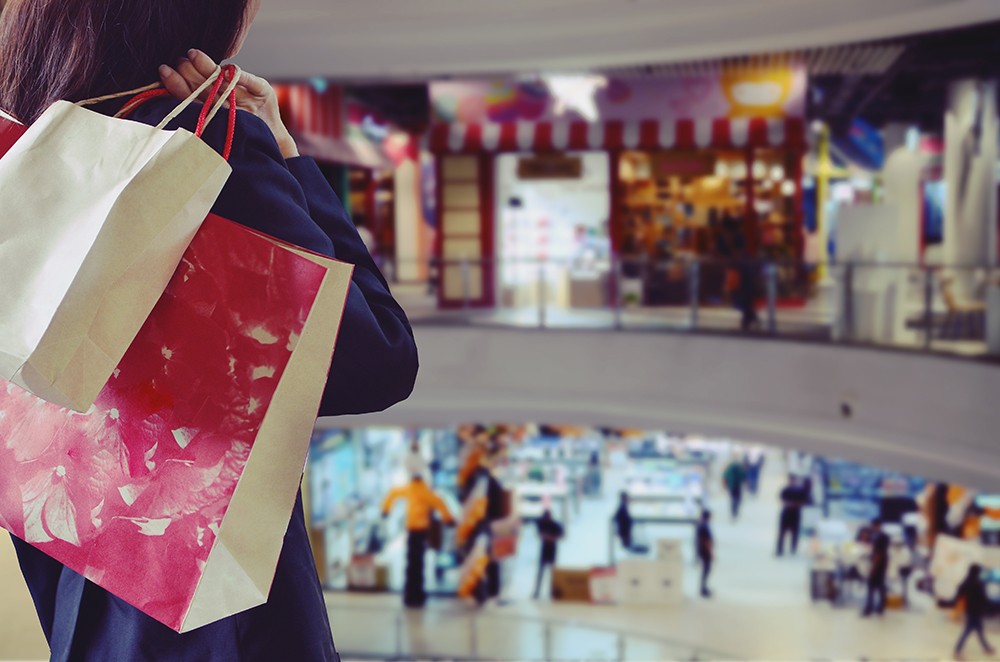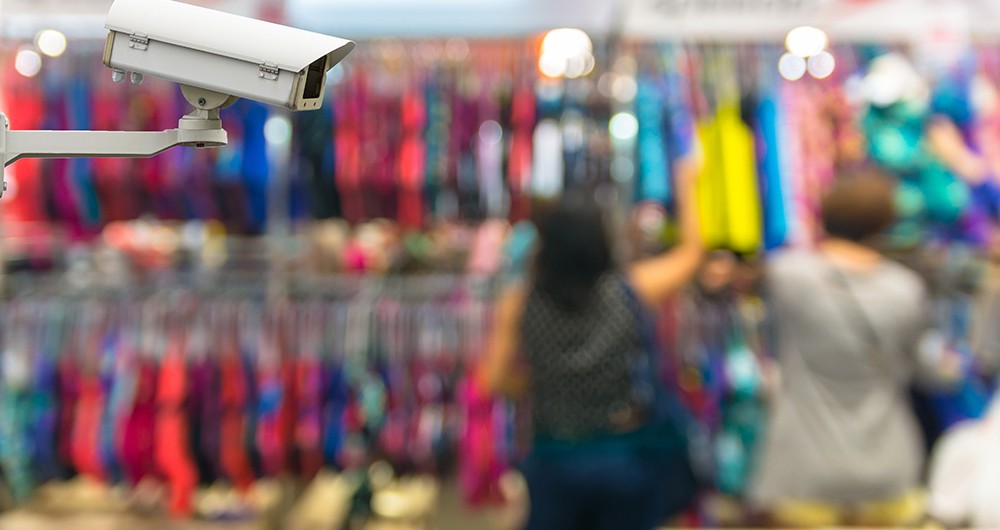In the world of retail, a host of little acronyms abound, and one of the most recent to attain popularity is RFID or Radio Frequency Identification.
Not to be confused with RF, which is a common term in electronic article surveillance, RFID offers retailers a host of benefits when it comes to inventory tracking, an improved customer experience and managing stock.
So, what exactly is RFID?
What is RFID?
Arguably one of the biggest innovations in the past 20 years, RFID involves small chips that can collect and store data. The technology is utilised for a variety of purposes including animal microchipping, passports, and the tracking of cars during the manufacturing process.
In retail, it’s used in conjunction with apparel or product tagging, providing insight into stock levels, relaying when an item is picked up and put back, and adding limitless potential to enhance the customer’s in-store experience.
RFID tags have readers to decipher the information they contain, but unlike barcodes, an RFID tag can be recognised from a distance or even when embedded in an object, allowing for greater accuracy in stock monitoring.
What’s the difference between RF and RFID?
Although they sound alike, RF and RFID are vastly different. RF refers to radio frequency and in retail relates to an electronic article surveillance system and tags or labels that work on a swept frequency.
RF tags and labels answer the call of an RF antenna and are used as a theft prevention strategy to notify a retail outlet when an item is being shoplifted.
Meanwhile, RFID is used as a barcode but reveals vast amounts of information about a product. This insight is contained in its chip and can include information like the product type, colour, size, date of manufacture, shipping date, exact location and more.
Forbes explains: “…where a simple barcode can tell you, ‘this is a $250 jacket in grey’, an RFID tag can tell you ‘this is a $250 jacket in grey, size medium, the one which was returned last week and it’s just walking out the door’”.
RFID’s main purposes include inventory tracking, stock monitoring and customer experience, and here’s how that plays out…
Supply chain accuracy
When applied at the point of manufacture or distribution, RFID allows retailers to track items throughout the entire supply, distribution and sales chain. This helps minimise stock loss from the outset, right through to the sales floor.
In fact, recent reports indicate RFID can improve supply chain insight by offering 99.9 per cent accuracy.
Inventory counting
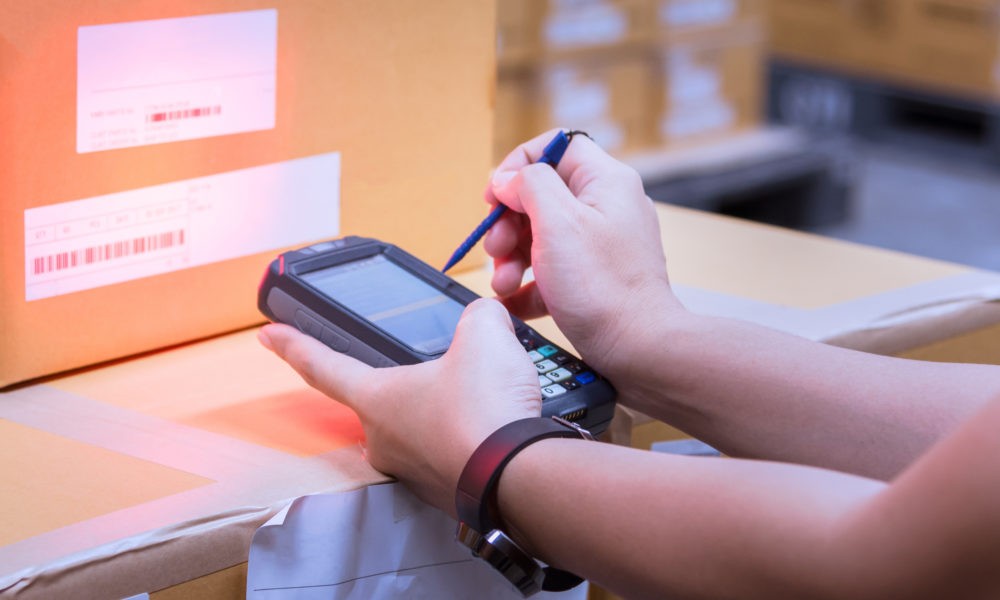
One of the most compelling arguments for RFID lies in the efficiency it offers in inventory tracking. Statistics indicate RFID allows inventory accuracy to increase from 65 per cent to 95 per cent.
Meanwhile, it provides up-to-the-minute information and dramatically shortens the time spent stocktaking. Where manual counts allow for 250 items per hour, RFID can cycle count inventory at a rate of 18,000 items per hour.
RFID can also enable streamlined processes like automatic reordering when stock levels fall too low.
Customer experience
The third advantage of RFID that’s now being embraced by retailers is its ability to improve the customer service experience courtesy of the unique identification features and information contained within each chip.
Cutting-edge retailers are experimenting with a whole host of features and add-ons that enable consumers and sales staff to use RFID to quickly ascertain whether an item is available in another colour, in another size, at another outlet, when it will arrive in-store and more.
The technology is being applied to everything from smart mirrors to virtual sales assistants, and with its ability to detect items within a vast area, some predict it may do away with the checkout all together.
RFID adoption
This combination of inventory accuracy, supply chain tracking and benefits to the customer experience are now seeing RFID adoption rapidly increase, with Accenture’s 2018 RFID in Retail Study finding 92 per cent of US retailers are now progressing towards RFID.
“A majority of retailers worldwide adopt RFID for the technology’s most well-known use case: inventory accuracy. Within just one year of leveraging RFID, retailers typically recognize increased inventory accuracy and omnichannel fulfilment,” they note.





